The surrounding area
The small, narrow streets of the Santa Maria district, the oldest part of the centre, are a living testimony of the old town. Today, the atmosphere is pervaded by silence, but in the past, you would have heard the sounds of daily life in a bygone era here: from the stables, you’d have heard the lowing of the cows and from the farmyards the squawking of the roosters and chickens, while a short distance away, echoed the sounds of various daily activities mingled with folk songs. The courtyards, important historical vestiges of the town, were meeting places that were filled with women’s voices and the sound of games in the evening, while the men were at the tavern.
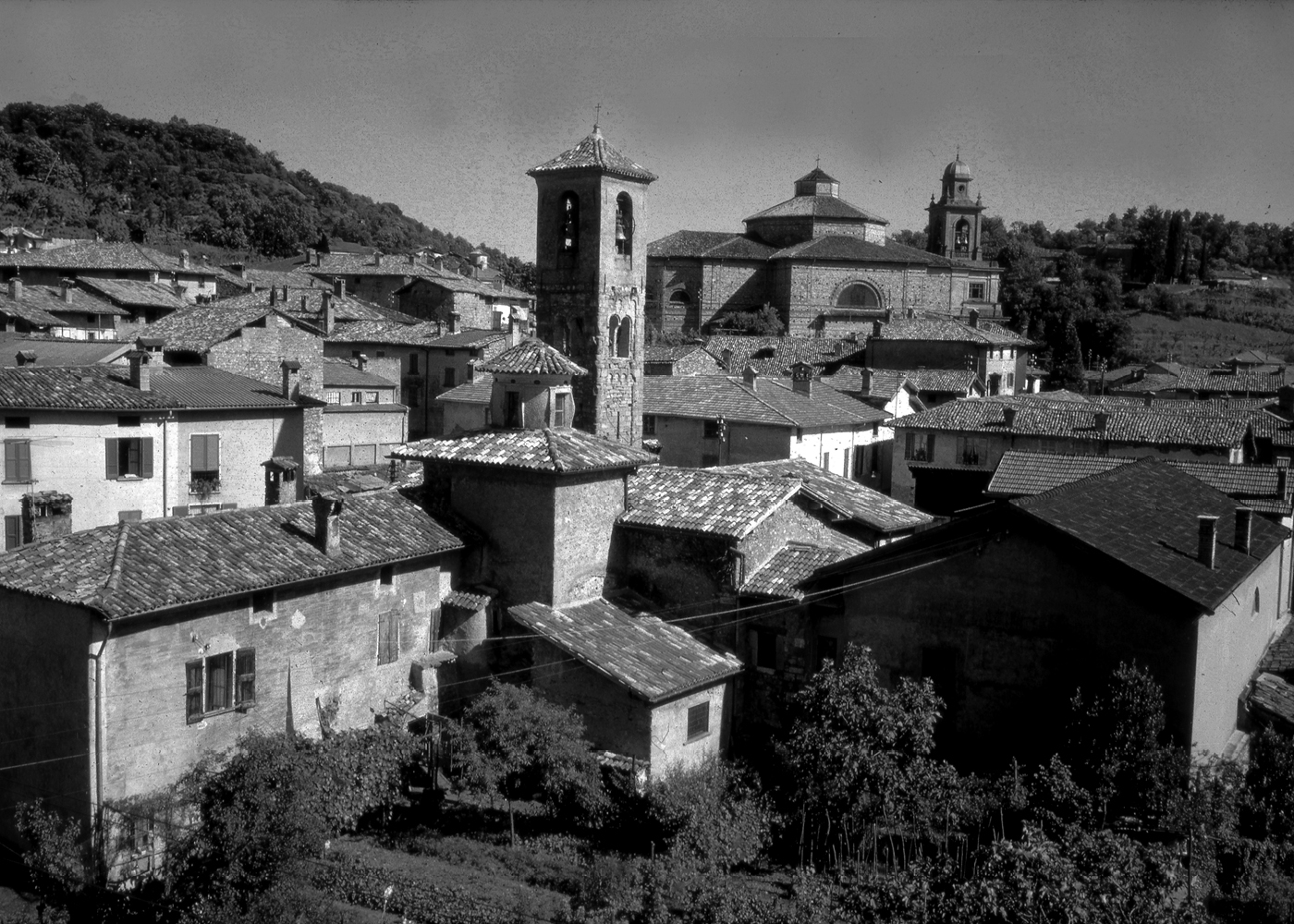

The oldest church in the town centre
The path leading to the church of Santa Maria is paved with cobblestones, the last surviving remnants of the town centre’s original paving. Only the bell tower remains of the medieval building: the current house of worship was rebuilt in the seventeenth century, completely flipping round the orientation of the church, whose apse used to be located where the entrance is today. The interior consists of a single central nave, to the right of which is the entrance to the small chapel dedicated to San Carlo. In the square next to the church, mosaic remains from the 2nd or 3rd century AD have been found, belonging to a large Roman villa. A fragment of them is visible in the cloister of the Art Museum.

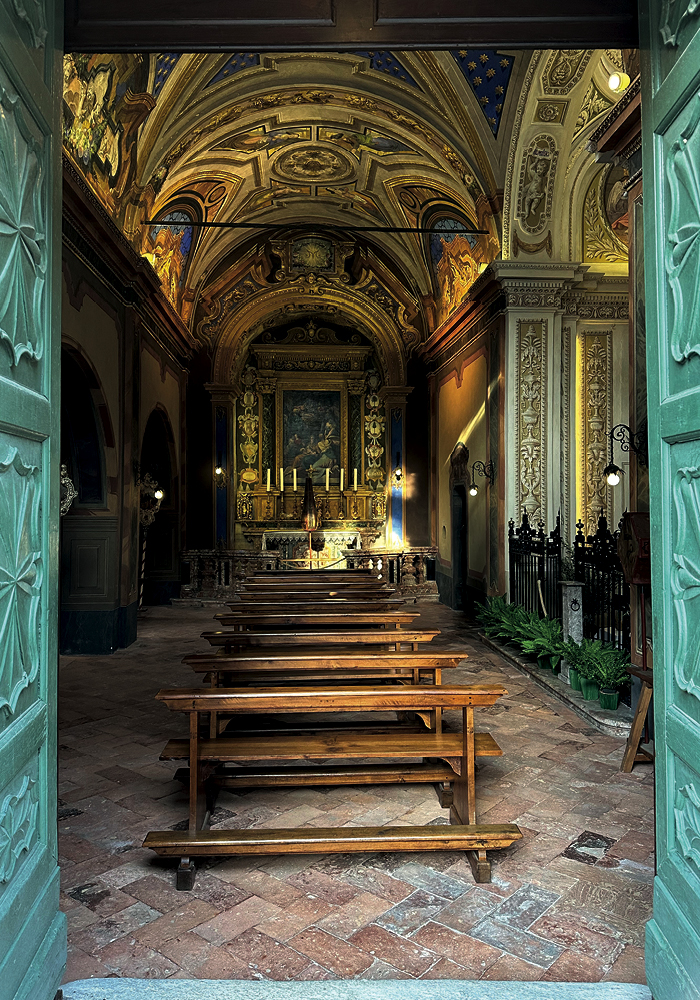
The old town walls and the castles
Mendrisio used to be enclosed between the church of San Giovanni and the Piazza del Ponte square. The small town centre was protected by walls that ー judging by the only traces still visible today between the door of San Giovanni and Via Stella ー must have been massive and sturdy. In the 16th century, the town expanded beyond the Moree River, incorporating the farmhouses located beyond the square. In the Middle Ages, Mendrisio was also defended by three castles. Of the first, a nineteenth-century tower near the Town Hall still remains. The large arch on which the church of San Sisinio stands is a remnant of the second. A tower on Piazza del Ponte still survives of the third.
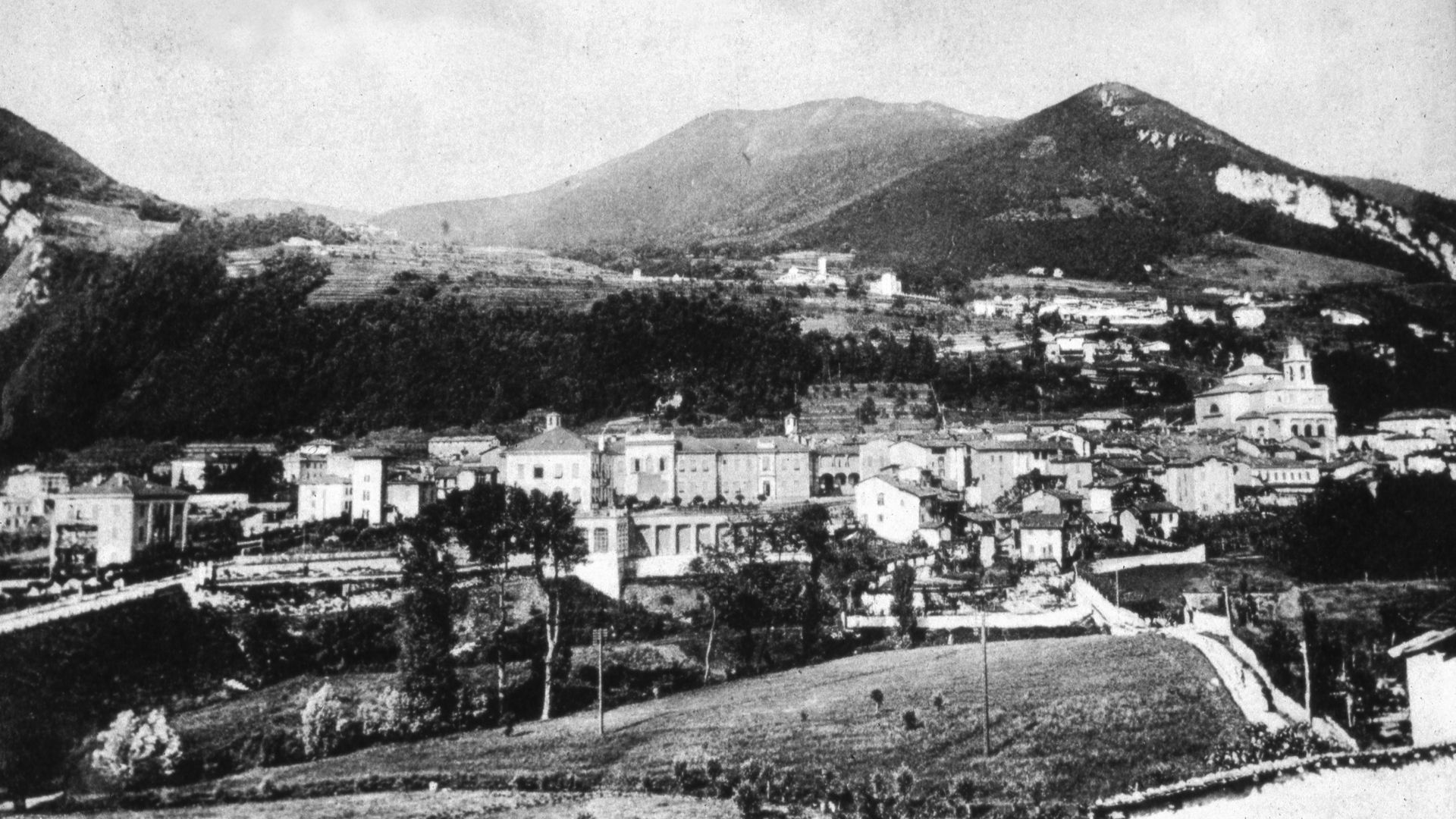
The courtyards and houses of a bygone era
Mendrisio is famous for its characteristic houses with their well-preserved inner courtyards. These courtyards once served as the venue for the everyday activities of the families who live there and were convivial places where people got together. Even today, many of them still conceal precious works of folk craftsmanship, such as ancient family coats of arms or paintings of the Virgin Mary and the saints. But the town centre also boasts a number of aristocratic residences, such as the Palazzo Busioni, the Pretorio Vecchio, formerly the noble house of the Rusca family and seat of the landfogto or bailiff during the Swiss dominion, and the seventeenth-century Casa Beroldingen on the corner of Via Nobili Bosia and Via Santa Maria.
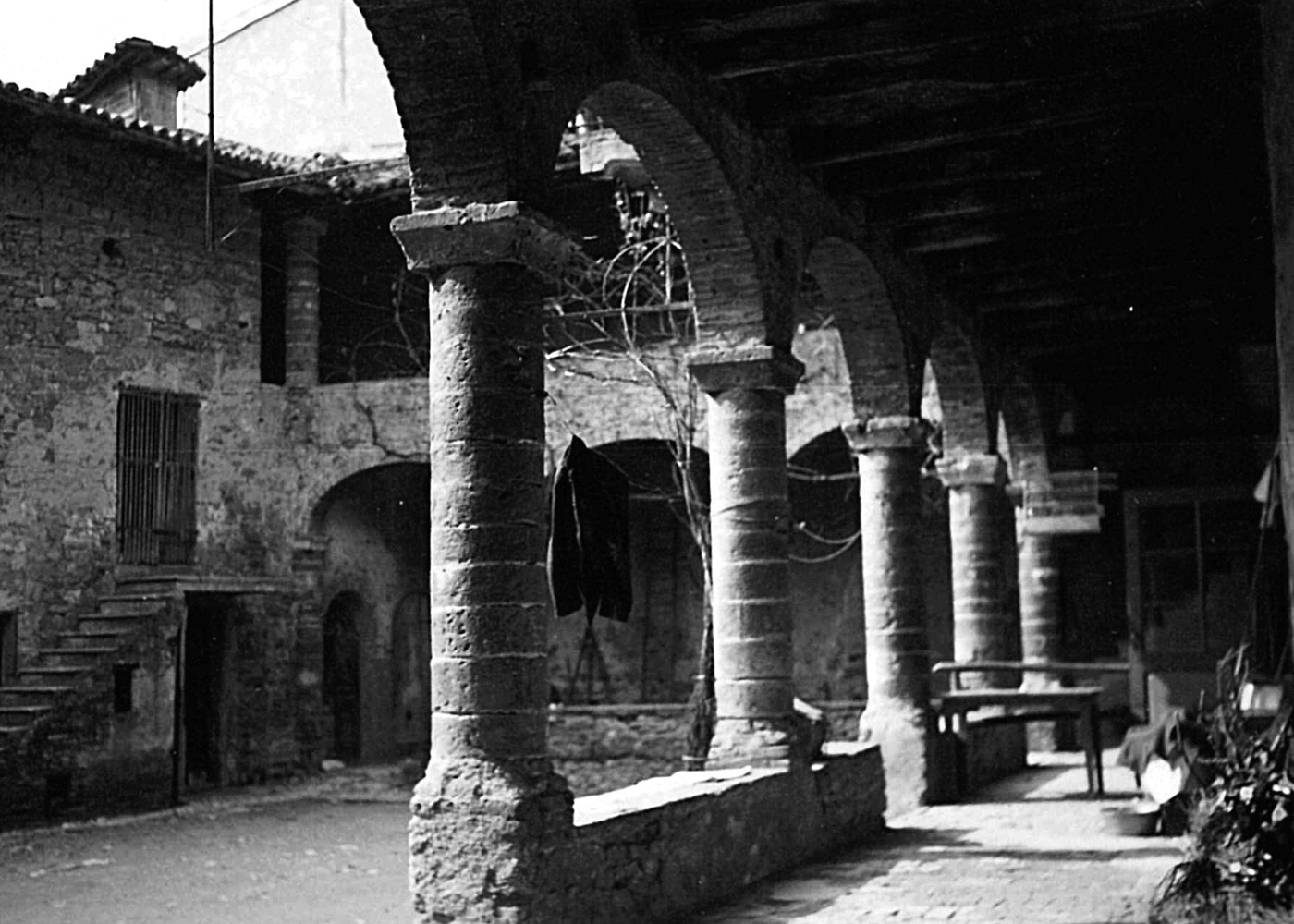
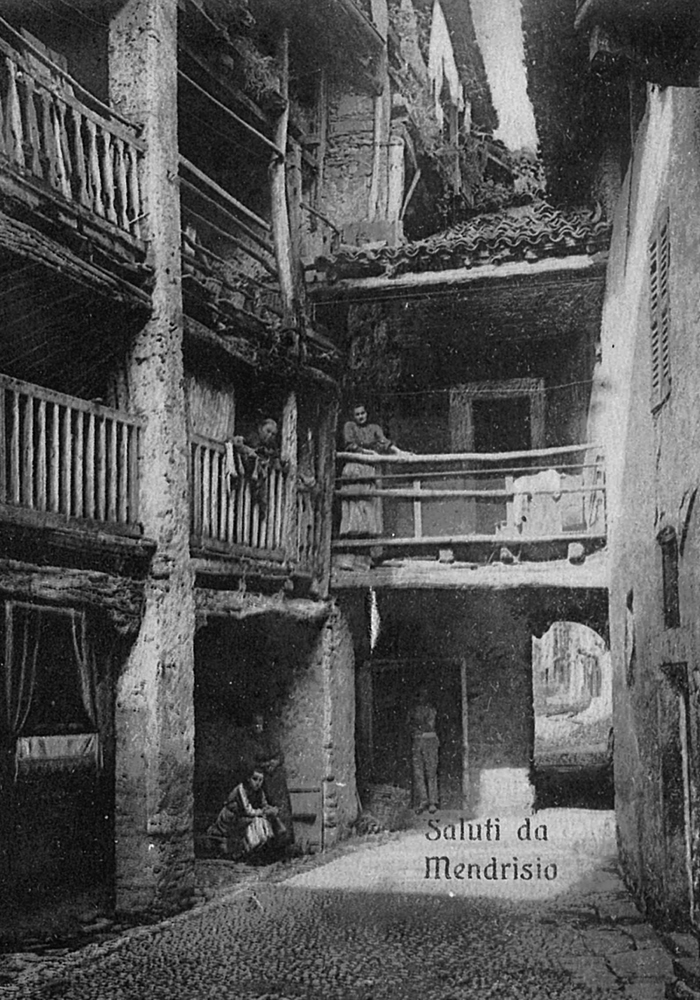
Meet Morsetta
Hi,
I’m Morsetta, the young explorer of the Region to be discovered. Play with me to discover some interesting things about Mendrisio…
Have you noticed that in this part of the old-town centre, the streets are narrower and more cramped? For this reason, in these alleys, you sometimes find ‘paramozzi’, conical shaped, smooth and rounded stones, often positioned at the corners of houses or outside doorways. Have you seen any around here?
